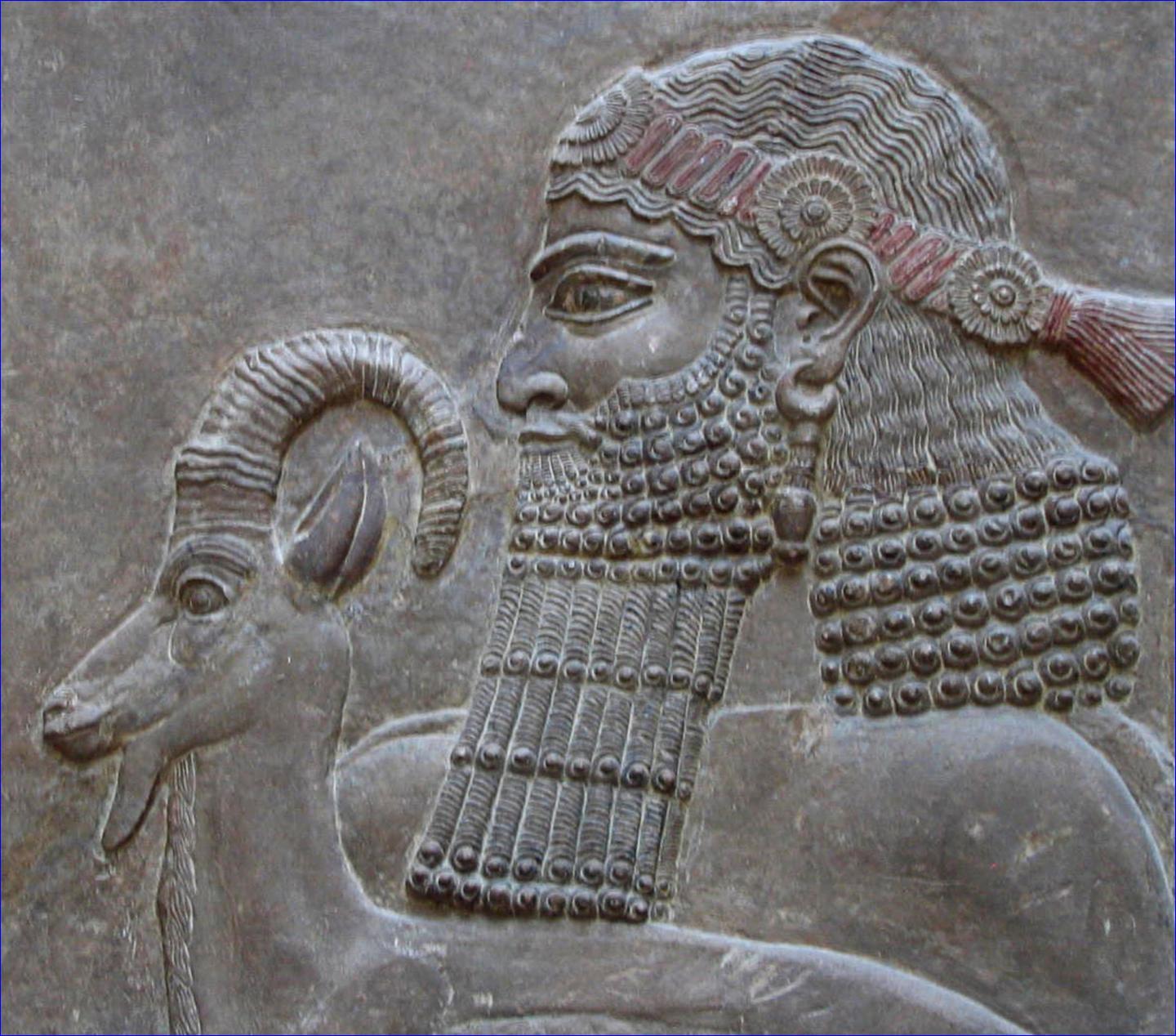


 Troels Pank Arbøll)
Troels Pank Arbøll)
"Becoming a healer in ancient Mesopotamia included, among other things, copying traditional texts. That was also one of the ways in which Kisir-Ashur learned about medical and magical knowledge. And because we have so many manuscripts from his hand - which is completely unique - we can follow large parts of his education and career. The sources span some of his very first texts, where he is introduced to specific diseases and their symptoms, as well as anatomy and physiology, to later texts, where he has become responsible for the execution of healing rituals and performing house calls," explains Troels Pank Arbøll and continues:
"It is, for example, interesting to see that he presumably treated horses in the early stages of his career. In Mesopotamia humans were not dissected, so animals may have represented an alternative for gaining insight into mammal anatomy, which is very similar to the way in which later Greek doctors learned about anatomy. At an early stage of his career, Kisir-Ashur also acquired knowledge on how to treat, for example, scorpion stings and snakebites, which must have been a widespread problem in ancient Mesopotamia. It is therefore probable that he also observed patients with venomous stings and bites and thereby conceptualized the poison's effect on the body's functions.
According to Troels Pank Arbøll, Kisir-Ashur also examined and treated children at a later stage of his training. Comparable sources suggest that there may have been an economic and ethical value system that made it possible for aspiring doctors to experiment with greater independence under their teachers' supervision on animals and children, because malpractice would have had less severe consequences if it concerned these patient groups.
Poultices and enemas
Some Mesopotamian specialists regarded diseases as phenomena caused by gods, demons or witchcraft. Roughly generalized, healers like Kisir-Ashur cured these illnesses by means of magic, rituals and prayers, while the symptoms of an ailment were treated medically, typically through the use of different compresses or potions.
"According to the texts, parts of Kisir-Ashur's 'medical training' consisted of applying poultices and bandages with different types of plants. Unfortunately, we do not know much about the plants he used, because it is difficult to identify the modern equivalent of plants named in the texts. However, what we can say is that the healer clearly had intimate knowledge of plant properties in order to do his job. In addition to bandages and poultices of various kinds, Kisir-Ashur and his colleagues were very keen on using suppositories as well as flushing orifices with mixtures. Thus, they may have tried to expel diseases from the human body by introducing different things into one or more orifices. In particular, enemas were used against bile and jaundice, explains Troels Pank Arbøll.
"Bile was, in some cases, perceived as a kind of inherent poison in mammals that could regulate fluids in the body and cause disease. This is partially reminiscent of the Greeks' so-called humoral theory - namely, the idea that diseases can be explained by the relationship between four of the body's fluids, and that these could be regulated. However, it is still too early to suggest a correlation between the Mesopotamian and Greek traditions," says Troels Pank Arbøll.
Early empirical studies
After Kisir-Ashur's 'graduation', it seems that he has reached such a high level of proficiency that he himself began to test some of the treatments he had previously copied from other sources.
"You can see that he tests a specific type of enema against bile and jaundice to make sure that it is efficient. And finally, he makes his own recipe, which we have to assume was more effective. Without directly comparing this approach to modern empirical science,, it is nonetheless clear that experience and reliable results played a role in this healer's practice," says Troels Pank Arbøll.
Troels Pank Arbøll's book Medicine in Ancient Assur - A Microhistorical Study of the Neo-Assyrian Healer Kiṣir-Aššur is available as open access at Brill Publishing.

or register to post a comment.